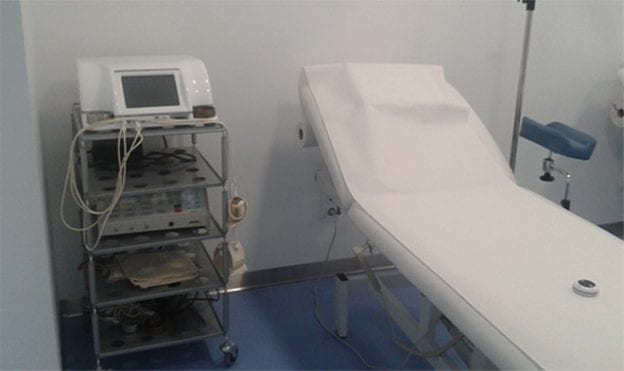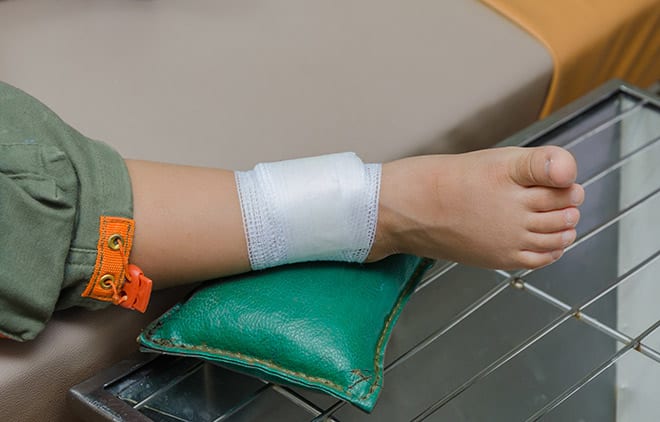
Ozone, a gas used for ulcers
Diabetes mellitus (DM) is a common disease that leads to high blood sugar levels. People who have had diabetes for a long time often suffer from foot ulcers.. Almost 35% of all hospital admissions for diabetes are due to them, as are almost 80% of all non-traumatic amputations of the leg and foot.

Ozone promotes skin and tissue growth in the case of ulcers on the extremities.
Ozone is a gas and can be used as a treatment for ulcers in people with diabetes.which can be delivered with ozonated oils (e.g. ozonated sunflower or olive oil) or by a mixture of oxygen and ozone applied directly to the wound or through rectal insufflation (blowing into the end portion of the intestine/bowel through the anus).
The aim is to find out whether ozone therapy is effective when administered alone, or as part of a package of care, to treat foot ulcers in people with diabetes mellitus.
How is diabetes controlled with ozone?
Diabetics are at risk of complications such as heart disease, vision loss, nerve dysfunction and gangrenous limbs. They often have considerable circulation problems, the actual blood flow to their tissues is diminished. This is compounded by the fact that the little blood that does reach their tissues is less effective than it should be and is unable to deliver oxygen to those tissues. Tissues become depleted of oxygen, which explains why diabetics have problems with gangrene and why they are unable to resist infection.
A major reason why the diabetic's red blood cells are unable to release their oxygen is that A key molecule called 2,3-diphosphoglycerate, or 2,3-dpg for short, is in short supply. Under normal conditions, 2,3-dpg stimulates the red blood cells that carry oxygen to deliver it to the tissues; but if there is not enough of this molecule in the system, the red blood cells cannot deliver oxygen.
When ozone - that is, more oxygen - is introduced into the blood, more 2,3-dpg is produced and the oxygen delivery system and the efficiency of blood circulation begin to improve.. Ozone also appears to increase the activity of cellular metabolism, the ongoing conversion of food into energy.
Studies on the effectiveness of ozone in treating diabetic foot disease
Regarding the effectiveness of ozone for the diabetic foot, a number of studies have been developed, which we summarise below.
According to a test by the NCBI, National Center For Biotechnology Information, the authors reviewed the medical literature as of 3 March 2015 and identified three relevant clinical trials (212 participants) investigating ozone therapy for the treatment of foot ulcers in people with diabetes. The available evidence was of low quality.
One trial, involving 101 participants, compared ozone treatment with antibiotics and was followed for 20 days. The results of this study showed that the reduction in ulcer size was greater and the length of hospital stay was shorter in those receiving ozone treatment.but there was no apparent benefit in terms of the number of healed foot ulcers. No adverse effects (side effects or harms) were observed with any of the treatments.
The other two trials (111 participants) compared ozone treatment plus usual care with usual care. The results of these two studies showed that there were no apparent differences between the groups for reduction in ulcer size, number of healed foot ulcers or occurrence of adverse events and amputation rates.
Quality of life was not reported by any of the trials.
On the basis of the limited information available, the review authors were unable to draw any conclusions. on the efficacy of ozone therapy for the treatment of foot ulcers in people with DM, but yes, As we have seen above, ozone improves blood circulation to the extremities of diabetics. For this reason alone and in view of further tests and studies, it is a highly recommended therapy.

